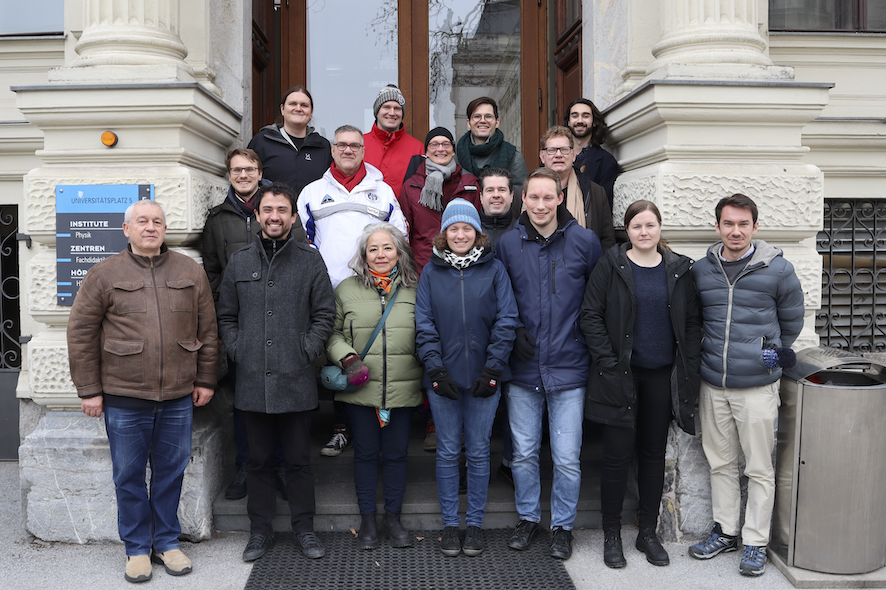Magnetosheath Jets throughout the solar cycle (FWF)
Solar wind - magnetosphere coupling processes and their effects on Space Weather
- Run-Time: 2021-2024
- Project Motivation: Magnetosheath jets constitute a very young and rich field of research. Coordinated investigations of the origins, characteristics, evolution, and downstream consequences of magnetosheath jets have been performed just for a few years. Although many basic questions still remain unsolved, it has already become clear, that jets are an important element in the frame of solar wind – magnetosphere – ionosphere interactions. In this frame, the solar cycle (quiet versus active phases), in general, and impulsive transient events (coronal mass ejections, CMEs) or periodic recurrent disruptions (corotating interaction regions, CIRs) play a major role. So far, nothing is known about how jets relate to solar cycle phases, CMEs, or CIRs. The proposed study focuses on closing these open questions, based on recent advances in jet research and the availability of unprecedented data sets.
- UNIGRAZ team: Florian Koller, Manuela Temmer (PI)
- IWF team: Ferdinand Plaschke (PI), Luis Preisser

1st International Magnetosheath Jet Workshop at the University of Graz (Feb 28 - Mar 2, 2023)
Jets are fast plasma streams in space that play an important role in the interaction between solar wind and Earth's magnetic field. The research field on Magnetosheath Jets is currently growing rapidly, and scientists from around the world are working to explore this phenomenon. As part of this relatively “young” field of research, an international workshop was held at the University of Graz from 2023 February 28th to March 2nd. About 10 researchers from Graz, namely from the Institute of Physics of the University of Graz and the Space Research Institute of the Austrian Academy of Sciences, as well as 10 other scientists from around the world came together to present and discuss their latest research results.
A special feature of the workshop was the first encounter of early career scientists with established senior scientists in this field. Through interdisciplinary collaboration among the participants, new partnerships and joint projects were initiated, and the collaboration between the Institute of Space Research of the Austrian Academy of Sciences and the Institute of Physics at the University of Graz was further strengthened. The workshop promoted exchanges within the field and provided an excellent opportunity for participants to expand their knowledge and gain new insights. With the interdisciplinary expertise of the experts in various areas, such as heliospheric physics, plasma turbulence, mirror modes, and magnetosheaths around other planets, magnetosheath jets could be examined and discussed from new perspectives. The event serves as a starting point for future collaborations and research, and contributed to the strengthening of plasma physics research at the Graz site. We thank the FWF for supporting this workshop.

Image by Mathias Schwendt